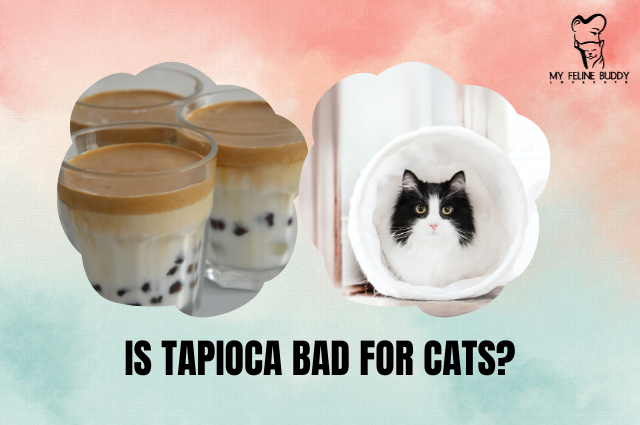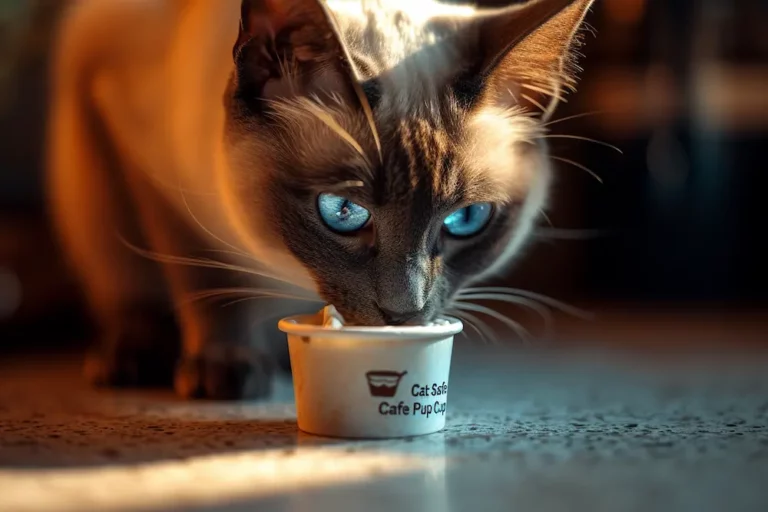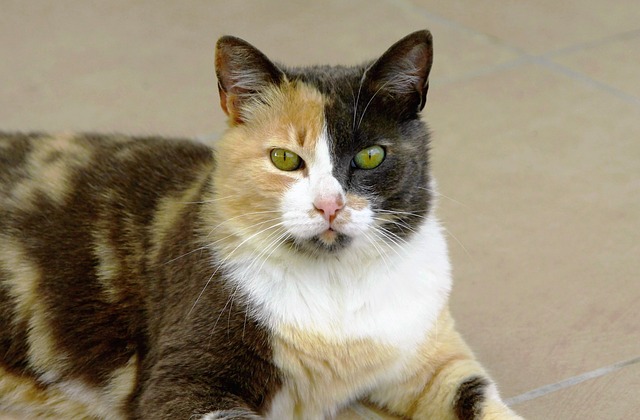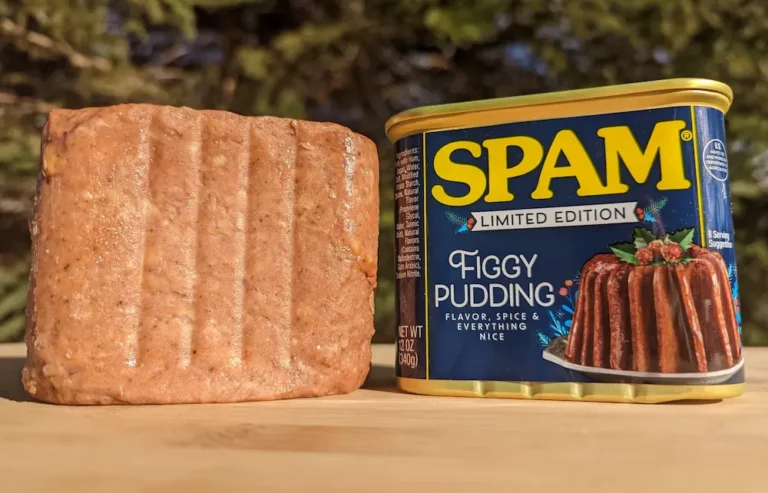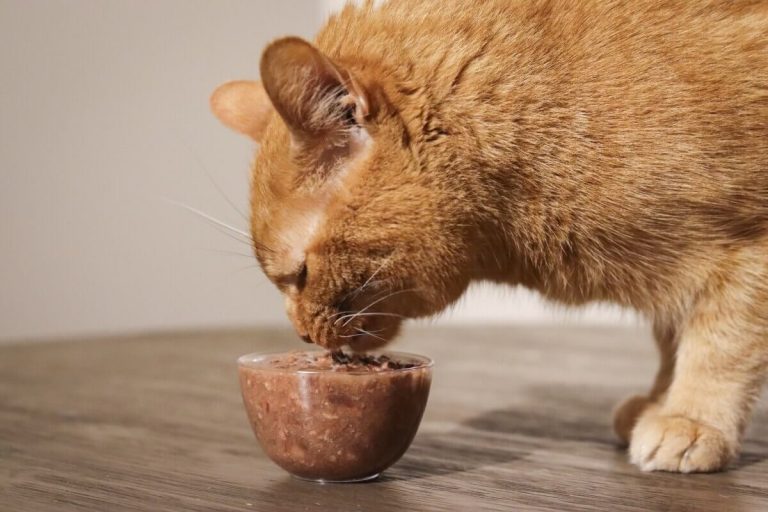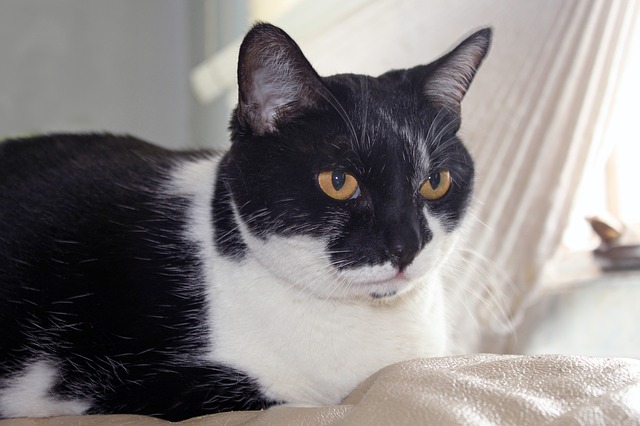Is Tapioca Bad for Cats?
Tapioca is a popular ingredient in many human foods, but can cats safely consume it? In this article, we will explore the world of tapioca and its potential effects on our feline companions. From its origin and nutritional composition to how cats process food and the potential health risks of tapioca for cats, we’ll cover it all. We’ll also discuss alternative treats for cats and the importance of consulting with a veterinarian when it comes to their diet.
Understanding Tapioca: What is it?
Tapioca is a starchy substance that comes from the cassava root. It is commonly used as a thickening agent and can be found in various food products such as puddings and boba teas. The origin of tapioca can be traced back to South America, where it has been a staple food for centuries.
The Origin of Tapioca
Tapioca has a rich history in South American cuisine, particularly in Brazil and Colombia. Indigenous tribes in these regions cultivated and consumed cassava root, from which tapioca is derived. It was later introduced to other parts of the world through European colonization.
In Brazil, tapioca is deeply ingrained in the culinary culture. It is a popular street food, often enjoyed as a breakfast dish or a snack. Brazilians have perfected the art of making tapioca pancakes, known as “tapiocas.” These pancakes are made by spreading tapioca flour on a hot griddle, creating a thin, delicate crepe-like texture. They are then filled with various sweet or savory fillings, like cheese, coconut, or chocolate.
In Colombia, tapioca is known as “casabe” and has been a dietary staple for centuries. The indigenous people of Colombia, known as the Kogi tribe, have been cultivating cassava and producing casabe for generations. Casabe is a flatbread made from cassava flour, which is similar to tapioca flour. It is often enjoyed with traditional Colombian dishes — like sancocho — a soup made with meat, vegetables, and herbs.
Nutritional Composition of Tapioca
When it comes to nutritional composition, tapioca is primarily made up of carbohydrates. It is gluten-free, and therefore, suitable option for individuals with gluten sensitivities. However, tapioca lacks significant amounts of essential nutrients such as protein, vitamins, and minerals.
Despite its limited nutritional value, tapioca can still be a part of a balanced diet when moderately consumed. It provides a quick source of energy due to its high carbohydrate content. Additionally, tapioca is low in fat and sodium, making it a healthier alternative to some other starches.
One interesting fact about tapioca is its unique texture. When cooked, tapioca pearls become soft and chewy, adding a delightful mouthfeel to various dishes. This texture is achieved through a process called gelatinization, where the starch granules in tapioca absorb water and swell, creating a gel-like consistency.
Tapioca is also versatile in its culinary applications. Besides being used as a thickening agent, it can be used to make gluten-free cookies, bread, or cakes. Tapioca flour can be blended with other gluten-free flour to create a well-balanced and flavorful blend.
In conclusion, tapioca is a fascinating ingredient with a rich history and diverse culinary uses. Whether enjoyed as a traditional Brazilian tapioca pancake or as a thickening agent in a creamy pudding, tapioca adds its unique touch to various dishes worldwide.
The Feline Digestive System Explained
In order to understand how tapioca affects cats, it is important to grasp how their digestive system works. Cats are obligate carnivores. Their bodies are adapted to thrive on a meat-based diet.
Cats have a short and very acidic digestive tract. It enables them to efficiently process animal proteins. Cats’ bodies are designed to extract nutrients from meat, making it the most biologically appropriate nutrition source.
When a
Once the meat reaches the stomach, the real work of digestion begins. A
From the stomach, the partially digested meat moves into the small intestine. Here, the pancreas releases digestive enzymes that further turn proteins into amino acids, later absorbed into the bloodstream and used by the
The nutrients are then absorbed through the walls of the small intestine and transported to different parts of the body, providing the
How Cats Process Food
Cats have a remarkable ability to extract every bit of nutrition from the meat they consume. Their digestive system is designed to maximize the absorption of nutrients, ensuring that they get the most out of their food.
One of the key adaptations of a
Additionally, the high acidity of a
The liver also plays an important role in digestion. It produces bile, stored in the gallbladder and released into the small intestine when needed. Bile helps to emulsify fats, making them more accessible to the digestive enzymes and aiding in their breakdown.
You might also like: What to feed a kitten
Differences Between Human and Cat Digestion
Unlike humans, cats lack the necessary enzymes to effectively break down and digest plant-based ingredients. Their digestive systems aren’t designed to handle the starchy substances in foods like tapioca. Introducing such ingredients into their diet can potentially lead to digestive issues.
On the other hand, humans have a longer digestive tract and a more alkaline stomach pH, allowing for the breakdown and absorption of a wider range of nutrients, including plant-based ones. Our bodies produce enzymes that specifically target carbohydrates, allowing us to digest starchy foods more efficiently.
While humans can derive nutritional benefits from a variety of food sources, cats rely heavily on animal proteins for their dietary needs. Their digestive system has evolved over thousands of years to efficiently process and extract nutrients from meat, making it the foundation of their diet.
Cat owners need to be aware of these differences in digestion when considering what to feed their feline companions. Providing a diet that aligns with a
Read more: Cat food ingredients – What you should know
Tapioca and Cats: A Detailed Look
Now, let’s delve into the question of whether cats can safely digest tapioca.
Can Cats Digest Tapioca?
While tapioca is not toxic to cats, it is not a natural part of their diet and may not be effectively digested. Cats’ digestive systems lack the enzymes required to break down and process starches like tapioca. Feeding cats large amounts of tapioca can potentially lead to digestive upset, including diarrhea and bloating.
You might also like: Cat feeding guide – How much should I feed my cat and what can they eat?
Potential Health Risks of Tapioca for Cats
Another consideration when it comes to feeding cats tapioca is the potential health risks. Tapioca is high in carbohydrates and low in essential nutrients that cats need to thrive. A diet excessive in carbohydrates can contribute to obesity and other health issues, including diabetes, in cats.
Alternatives to Tapioca for Cats
If you’re considering adding variety to your
Read more: Are fries bad for cats?
Safe Treats for Your Feline Friend
Opt for treats made primarily from animal proteins, such as freeze-dried meats or single-ingredient treats. These options provide the nutrients cats require and are typically more appropriate for their digestive systems.
Foods to Avoid in a Cat ‘s Diet
Aside from tapioca, other foods should be avoided in a
You might also like: Is sour cream bad for cats?
Consulting with a Veterinarian
When it comes to your
When to Seek Professional Advice
If you have concerns about whether tapioca or any other food suits your
How Vets Determine Food Safety for Cats
Veterinarians consider a variety of factors when determining the safety of specific foods for cats. They take into account the nutritional content, potential allergens, and the known effects of certain ingredients on feline health. Their expertise is invaluable in ensuring your
In conclusion, while tapioca is not toxic to cats, it is not a necessary or beneficial addition to their diet. Cats are obligate carnivores and thrive on a meat-based diet. Feeding them foods like tapioca can lead to digestive issues and potential health risks. Sticking to foods that align with their biological needs is best, ensuring they receive the proper nutrition for a healthy and happy life.
Read more: Is mackerel good for cats?
